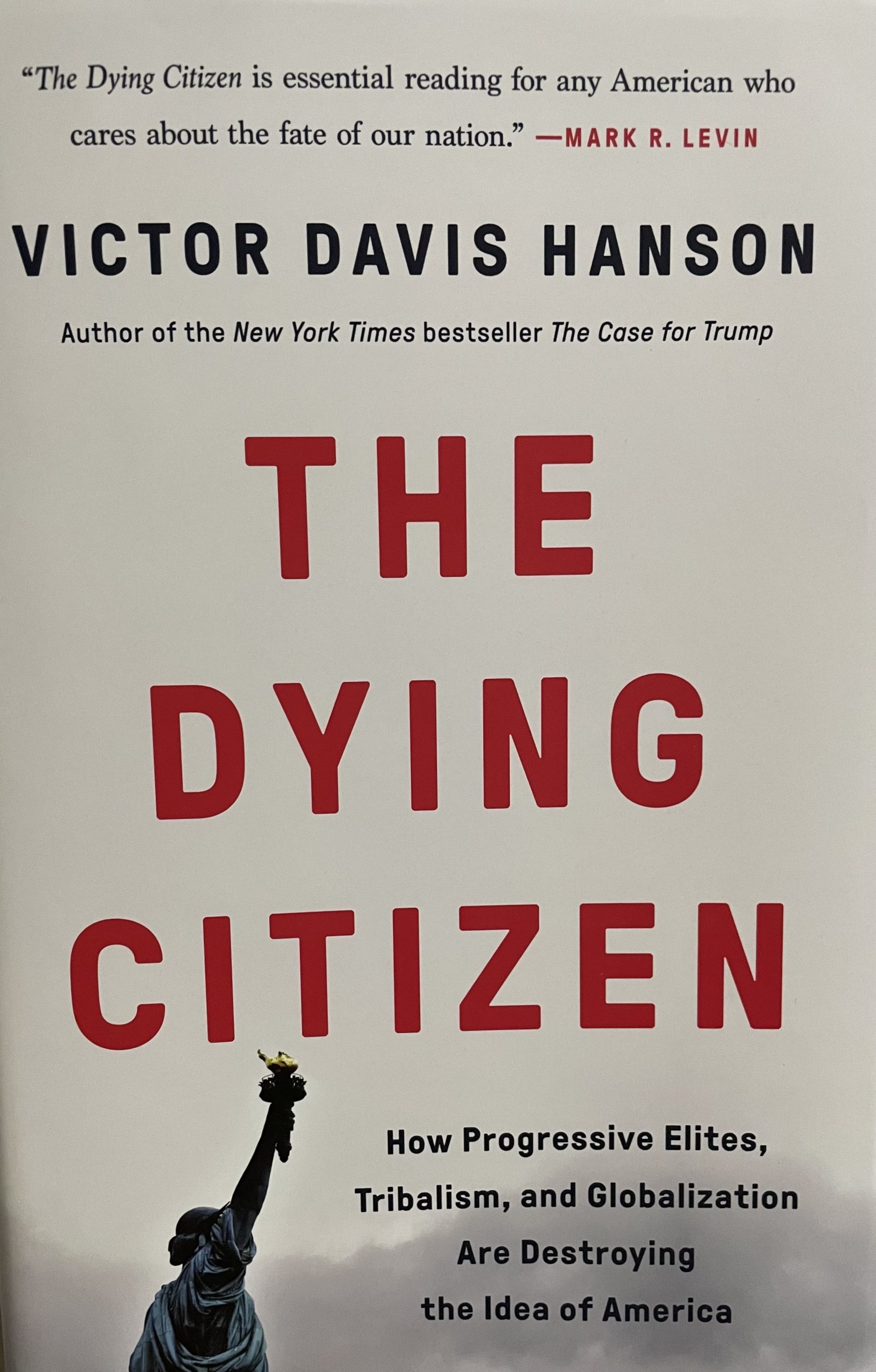A week before Christmas, it was reported that a panel of judges from the 6th U.S. Circuit Court of Appeals ruled that wall displays that include framed copies of the Ten Commandments are unconstitutional and cannot hang in public buildings. Stories about the decision failed to note that religious references and items, including depictions of the Ten Commandments, adorn federal buildings in Washington, D.C.
The stories were reminiscent of the media’s general failure during the controversy over the display of the Ten Commandments in the Alabama Supreme Court building to note that the outside of the U.S. Supreme Court building features a sculpture of Moses holding the Ten Commandments. Roy Moore was removed as elected chief justice of the Alabama Supreme Court for refusing to remove the display. Human Events newspaper has run two special photo sections on “God in the Temples of Government,” asking, “Will all of these images eventually be removed by the order of unrestrained federal judges?”
Photos show Moses with the tablets of the Ten Commandments inside the Supreme Court as well as on the doors of the court. Other photos show Moses with the Ten Commandments in the rotunda of the Library of Congress and the Ten Commandments embedded in the floor of the National Archives.
David Lowenthal, professor emeritus of political science at Boston College and author of Present Dangers, says that the First Amendment was never designed to prohibit states from displaying the Ten Commandments. He notes that when the First Amendment was ratified about half the states had their own official churches or religion.
My home state of Maryland was an officially declared Christian state. The Declaration of Rights of the Maryland Constitution of 1776 provided that “all persons professing the Christian religion, are equally entitled to Protection in their religious liberty; wherefore no person ought by any law to be molested . . . on account of his religious persuasion or profession, or for his religious practice…” It authorized the legislature to “lay a general and equal tax, for the support of the Christian religion” and one article required “a declaration of a belief in the Christian religion” for all state officers.
A public school second-grader in Louisiana recently had his Bible confiscated by his teacher when he was caught reading it during the daily 10 minutes of “quiet reading time” in which children are allowed to bring books from home. But Vaughn Shatzer, author of the “History of American Education,” notes that, throughout much of our history, the Bible was read to students by teachers and scripture was memorized. Students and teachers prayed together and the Ten Commandments were displayed in the schools. The New England primer, the first school textbook that was used until 1900, highlighted biblical references to teach the alphabet.
Congress authorized the printing of Bibles for use in the schools and mandated that new states teach religion and morality in the schools. Dr. Benjamin Rush, one of the signers of the Declaration of Independence, wrote a paper entitled, “A Defense of the Use of the Bible in Schools,” and said all young people should be educated in the principles of Christianity.
The media tell us that Thomas Jefferson believed in a wall of separation of church and state because he used the phrase in a letter. It doesn’t appear in the Constitution. The phrase reflects the view of the founders that the federal government shouldn’t establish a national church like they had in England. That was the separation they envisioned. As president, Jefferson became chairman of the school board for the District of Columbia and approved the use of the Bible and the Watts hymnal as textbooks. Clergymen were the teachers. Jefferson founded the University of Virginia, whose official motto, “You shall know the truth and the truth shall set you free,” came from Jesus. Jefferson had this scripture inscribed on the walls inside the university rotunda, part of which he set aside for church services.
William Blackstone, an English jurist and a Christian, was a major influence on the development of American law. His “Blackstone commentaries” were law books used for 160 years by American lawyers. One section outlined penalties for murder, rape and ”the crime against nature,” now described by the media as gay rights.
Instead of using Bibles and hymnals, some schools today depict homosexuality as a legitimate alternative lifestyle and “gay” student clubs are encouraged. But this is not a scandal for journalists who would prefer to write about the so-called “separation of church and state.”
Cliff Kincaid is Editor of the AIM Report.










